UP TO THE MINUTE
Paul Trombitas - Forging Ahead With Metal - PODCAST TRANSCRIPT
July 3, 2025 at 11:00 a.m.Editor's note: The following is the transcript of a live interview with Paul Trombitas of FMI Research. You can read the interview below or listen to the podcast.
Intro: Hello and welcome to Metal Cast from Metal Coffee Shop. My name is Heidi Ellsworth and we are here today with one of my favorite people, who I love to ask a lot of questions of and that is Paul Trombitas of FMI Research. Paul, welcome to Metal Cast.
Paul Trombitas: Thank you, Heidi. It's always a pleasure, always enjoy our conversations and excited to dive into some of the metal market that we're seeing.
Heidi Ellsworth: Oh, my gosh, there is so much going on in metal construction and that's why I always love to have these conversations with you, just sharing them out with all of our contractors in the metal construction arena, about what is happening. So let's start with an introduction and tell us a little bit about FMI research and your relationship with MCA, Metal Construction Association.
Paul Trombitas: Absolutely. So, Paul Trombitas with FMI and I lead our team that's focused on working with building product manufacturers and distributors. And we've done a lot of work, particularly with manufacturers and distributors in the roofing industry and that's everything from single ply to asphalt shingles to metal roofing. And we just finished our study that's in partnership with the Metal Construction Association for 2025 and it covers the outlook of metal roof and wall. And so really excited for that. A lot of great findings and looking forward to talking through some of those with you today.
Heidi Ellsworth: I have to tell you, I'm talking to so many contractors out there, erectors, manufacturers, distributors and really the state of metal is always one of the big conversations, right? And metal roofing and metal siding is growing so much and when it comes with sustainability and durability in this extreme weather, everybody wants it. What are you seeing with the current state of the metal construction industry and what are some of the trends that are shaping it?
Paul Trombitas: So if I were to start out and say, "What do I see as the state of the metal roofing industry," I would say exciting. There's greater overall awareness. There's familiarity and that has led to continued growth. And so if you look at the volume of metal roof on a square footage basis to the addressable market, where we see through 2029, it reaching 5 billion square feet, which is total incremental growth of 465 million square feet. So that is a substantial volume. And when we break it down by residential versus non-residential, residential still represents 84% of the market and heavily in the re-roof space.
But what we have seen is continued growth and growing demand in the new residential construction space, with just overall familiarity, education, understanding of the benefits, the durability, longevity. And so we see continued interest there, as well as in non-res, which has a higher share of the overall market. So of the addressable market for non-residential, metal roof represents over 30%. And that has been driven by a lot of the segments that are very favorable for metal, data centers, education, healthcare, manufacturing, all seeing very favorable growth. And so we continue to see it growing in non-residential, but maintaining its share and certainly increasing compared to the overall total square footage of roof in that space.
And so we certainly see, from a five-year outlook, remains to be very favorable. The other piece here and I know we've talked about this in the past, but that continued interest from outside of the US. So in the recent MCA study, we asked a question around have there been more participants in the market? And 60% of survey respondents indicated there's been either a significant or substantial additional entrance into the market. And one of my favorite quotes is, "Everybody wants to be in the metal space right now." And so that has kind of been a theme. And I think over the last five years, certainly, we've seen just a continued focus in growth in metal. And looking back of the M&A, the private equity, Beacon, Cornerstone, Armstrong, Carlisle, Tremco, all making investments in the space wholesome. And so, certainly in not only domestically but from outside the US, in terms of Asian manufacturers as well as European, all seeing metal as a bright spot in the marketplace.
Now as we all know, tariffs have been a big topic of conversation. And on that aspect, we're seeing from our study, 60% indicated it's going to certainly have an impact on near-term demand and about 25% saying significant impact. And the interesting point here is that it certainly, as we know, is going to impact inflating costs, but from a availability and capacity standpoint, a number of the large mills have added capacity. And so it's not necessarily going to be a capacity challenge, it's more of the inflation of costs. And the other piece, it's really gonna be more of a near-term challenge. And as we know in the market, seen a lot of uncertainty related to tariffs. So it makes it more challenging for firms to plan for that long term when they're really focusing now on what do we need to do in the next 30 days, 90 days, now, is a real challenge. That's the biggest, is where do you place your bets today so that we position for continued success and growth in five years? And so I'd say that's kind of the long-winded way of what's going on in the metal space.
Heidi Ellsworth: No, I love it. I think you're hitting so many key points that I want to dive into and I really find it interesting, the international interest in the metal market in the US. Because back at METALCON, I was talking to a number of manufacturers who were saying exactly what you're saying, that they see domestic supply working for them. They weren't worried. They felt like they could purchase domestically or between that and their own inventories that they already had, that they were feeling pretty good about, no matter what happened to tariffs. Look, it's been six months. We still don't know what's going on. But I think people must have a much longer view on this and are not getting caught up in the tariffs and everything because if you're having that much interest coming internationally, they must realize this is something that's gonna flow through, but that the US market is gonna continue to grow and continue to need supply.
Paul Trombitas: Absolutely and it's interesting because it's a mix of both from an investment standpoint of acquiring participants that are already in the market, as well as green-fielding operations, seeing it as a growth area within the building product space. And so we're seeing a mixed bag there and it's certainly not only has that been an area of interest for the last year, year and a half, but even more so just in the last six months of continued interest. Certainly, tariffs and the uncertainty play a factor in consideration, but it has not led to a slowdown in the number of companies that are looking to get into the market.
Heidi Ellsworth: Yeah. And when you look at just what happened with US Steel, I mean, that was huge. It finally went through and I know there's a lot around that to break down, but that really shows that this is gonna continue to grow.
Paul Trombitas: Oh, absolutely. That was a huge deal and I think that just highlights continued interest and investment in the space.
Heidi Ellsworth: Yeah. I wanna kind of talk on that too. Just you mentioned a lot of companies that, I agree, the whole M&A of the market really is a driving trend, but when you look at Carlisle with their Carlisle Architectural Materials now, Drexel's part of that, Petersen's part of that and you look at companies like Central States that have really shown they are so huge, but people didn't always hear about them. But now they're hearing about them. They are really making a presence. I would say the same thing about Cornerstone, right? Cornerstone was not always the name, especially in roofing and siding, but in metal construction overall that has totally changed. And so you have these companies, Central States, Carlisle, Cornerstone, McElroy of course is still, Sheffield, we still have a lot of the different companies. But then the mergers and who all are coming together is changing a lot and we're really seeing that on the distribution level. So I would love your thoughts on QXO and what's happened there and what they purchased last year.
Paul Trombitas: Yeah, it is interesting to see where you have Beacon's acquired firms that are outside of their traditional distribution approach and more into the manufacturing, the fabrication side and so getting closer to their end customers. The other piece is when you look at the metal market, it has historically been very much direct sales and which leads to more fragmentation in the market, which provides its own unique challenges. But what we've seen just in the last year, in the last couple of years, is more emphasis on distribution and the smaller manufacturers getting involved more on the distribution side. And that has allowed them to reach a much wider group of contractors. So not just the larger firms but also from a geographic perspective and size of firms that they're able to supply. And that's really continued to drive growth in the metal space and we anticipate that to continue moving forward.
Heidi Ellsworth: And I think with this, as you have more distribution, it's almost like metal's mainstreaming a little bit from where it was. And one of the things we keep hearing or I keep hearing about too, is this concept of job packs, being able to deliver full jobs with everything they need, all the metal, all the accessories, all the underlayments, everything. That's a new concept. And it seems like there's a little bit of a, I know I'm kind of asking stuff off script, but you know me, I might go down these bunny trails. But that seems to be kind of a foot race right now. Like who's gonna be able to do it? Who's gonna be able to really accomplish this and scale?
Paul Trombitas: Yeah, I think scalability is a big part when you think about how the market has historically been fragmented in a lot of direct to sales. I mean, you make a great point in terms of providing the full system solution, as opposed to just a panel or the accessories and being able to provide the full system is certainly something we're seeing a trend more towards in a lot of building products, having that full system installation package. And so I think that is really going into the metal space as well. And so being able to provide that just is another value add for end users. It helps with the training and education familiarity. It's not sourcing from multiple different companies. You have the one point of contact that you're able to address and more effectively capture what you need for those projects.
Heidi Ellsworth: Yeah. I was at a conference last year, one of many, as you know, I love those. And I was listening to the keynote speaker and he had said, "Would you build your car in your driveway? Why are we building our homes and not prefabricating them, not getting them ahead of time?" And that seems to be another trend that's really pushing a lot of this and not just in the roofing, having the whole project there, but in metal buildings overall. Metal buildings are coming all in one piece. They're being prefabricated, they're coming out, they're being put up within a week and they [inaudible 00:13:10] in up to two weeks. I think that's really hitting on something and that becomes a lot more possible with the manufacturers and the distributors working together with the contractors.
Paul Trombitas: A hundred percent. And just overall, what we're seeing is companies looking to better understand how do they provide, particularly on the manufacturing side, when they have multiple different products in the industry, but have taken a one-off approach and have not pursued the market or targeted segments with a comprehensive solution. And that is certainly an area that we are getting more and more questions about. How do we position as a comprehensive solution that provides additional value to the contractor and end user? And it's not so much I'm walking in the building and one of our other sales reps is leaving the building, but it's a unified approach to that particular segment and specifically those growth opportunities in the marketplace. So that's certainly a bigger trend that we're seeing.
Heidi Ellsworth: And that prefabrication with the metal wall panels, the insulated metal wall panels, I mean, so much more is being done in the factory or with the manufacturers and delivered that I think it's making it easier for contractors to adopt metal, where before, I mean, let me tell you, nothing better than watching a great metal forming machine and watching them bend and cut and do everything, even with the portable ones on job site. We're seeing change there. That's fast and flexible, but that bigger picture too, it's interesting to watch those trends.
Paul Trombitas: Oh, you always bring up such key pieces. So on the one side of the market, we have the larger firms looking to understand what's a comprehensive solution look like and how do we add value and be a single point to get involved earlier in the project? But then on the opposite side, because of the growth, because of the attractiveness of the market, we're seeing the smaller firms acquiring roll forming equipment and bringing it on site. And so you have this convergence of you have the smaller competitors growing in the market and you have the larger that are looking for a more comprehensive solution. It's just become a unique dynamic from a competitive landscape standpoint.
Heidi Ellsworth: It really has. And it really kind of comes down to that complete building project compared to the nimble and fast of being able to get things out. I mean, obviously in roofing we're talking about storm repairs, all those kinds of things. If they can take their own machines out, portable machines and fixing things like that, so yeah. Same, I find it so fascinating. So okay, I'm gonna keep going down this path, 'cause one of the things, too, that I keep hearing is where contractors are having the hardest time when it comes to really diversifying their business into metal is, one, training on just installation and how to install. And I still think that is a huge void that needs to be filled in the industry. And I don't know if you're seeing any feedback on that in your reports.
Paul Trombitas: So the labor aspect and regardless what industry you're looking at, is always a challenge. And interestingly enough, if you look back, articles from the 60s and 70s, they say the same thing. We're lacking trade skilled firms to address the demand. The way we've started to think about it more is it's not so much a problem in the industry, because problems get solved and it's more of a characteristic. It's something that you need to plan for and think about and it's gonna be there on a continual basis. And so, particularly for metal roof, it requires a more specific skill set, which has challenged the availability of qualified workforce. But the way we are hearing manufacturers address that is exploring ways to simplify the installation process, as well as the training programs and to help contractors become more comfortable with installing and utilizing the products. Because that is, certainly on the metal roof side, a challenge. And so, how do they get folks up to speed, more comfortable, quicker? And so looking at ways to improve products as well as really emphasizing that training and education aspect.
Heidi Ellsworth: Yeah. And really taking that into your own hands. I think when you look at a lot of the generational companies out there, to your point, that's such a perfect point, they were talking about this in the 60s and 70s. So a lot of companies have just taken it into their own hands and they have their own training programs, they have their own universities or they've gotten involved with unions with their apprenticeships. But you do see that. It's when you have companies that maybe have been traditionally asphalt shingles and now they wanna get into metal, that's where they're having the hard time, because they now have to start this whole thing up and put it together.
Paul Trombitas: Yeah, absolutely. And I think the associations have done a wonderful job of having and offering training programs, but that only addresses so much. And so it really gets down to having ownership and responsibility at the company level to drive demand and awareness, familiarity at the local level. And I think that we continue to see that in folks getting and doing training agnostic to the brand, if you will, but just familiarity with the products.
Heidi Ellsworth: And we are definitely seeing a lot of advocates out there, like you said with the associations. I'm gonna say Sherwin-Williams is doing a lot to try to push that. I mean, there's a lot of people who are not just metal manufacturers but are surrounding the metal industry who are definitely putting a lot of time and interest into building that labor pool and also building the demand, getting out in front. If you look at the Metal Roofing Alliance, they do a great job getting out in front of homeowners and really dispelling the myths and building the demand.
Paul Trombitas: As funny as it sounds. But from an influencer standpoint, when you look at the industry and what is having impact on demand, it's not your traditional just the manufacturers or the distributors or the contractors. It's these other entities, your Matt Risingers, your social media folks and really driving much broader awareness 'cause they reach so many more people. And that is certainly a unique dynamic for an industry that isn't necessarily the most on the adoption curve forward on the early adopters. So that has certainly been a factor that's impacted the market in getting more folks familiar.
Heidi Ellsworth: Yeah. It really has. So along that line with the influencers too, I think a big part of it is with this next generation, whether it's the next generation teaching us, the older generation or them also being up-and-coming homeowners, they're interested, sustainability, durability. They don't want to have to re-roof every hell storm or every 15 to 20 years. They want to have something that's gonna stay and is helping the environment. And I think metal is shining in that area because people are looking at it and going, "Yeah, it is recyclable. Yes, it does last a long time. And solar is great on it." Those kind of things have really been... I can't believe how much I've heard on those trends in the last two years compared to any time before.
Paul Trombitas: I agree, hundred percent. And adoption certainly increasing from the resiliency, the durability, when you think about fire resistance and emphasis on non-combustibility, wind resistance, code compliance, hail, hurricane performance. And so from the insurance standpoint alone, like coverage requirements, premiums, that's certainly having an influence on the adoption of higher quality, more resilient materials. And then you have outside factors like in California that's prone to wildfires. So getting an insurance discount for using non-combustible materials as well is ultimately really positioning metal extremely favorable. And on the code side, as we know, those vary by state, by local jurisdiction, but requiring more and more emphasis on energy efficiency, on improved performance of materials. And so, really driving, again, more adoption of metal.
Now the interesting one is sustainability and that certainly varies on who you ask, what it means, what it is and how well aligned folks are on what we're trying to accomplish. Certainly from an energy efficiency standpoint, when we think about reflectivity, emissivity, the cooling efficiency of heat retention, those are all very favorable towards metal roofing. Now, when we look at embodied carbon, that's a little bit of a different story. We're still kind of going through understanding what that looks like. Is it embodied, operational, what's the most important? But what's interesting in our study is we found the manufacturers were much higher in terms of their likelihood to indicate embodied carbon being a significant factor in the selection of products, versus the contractors, under 10% indicated that it was a factor. So there's still the alignment aspect of what are we solving for and what is this going to address on the projects and how do products tie into it? So I think that's one of the challenges right now that we're facing is that alignment piece. But overall, energy efficiency, recyclability, those are all big pieces that are driving that sustainability emphasis.
Heidi Ellsworth: Message, yeah. You know, you're so right because I see it all the time and I've seen it in studies too. Contractor, just the sustainability messaging is not important. I mean, I know a couple decades ago recycling, there was this big push on recycling. Then last couple years there was a big push on recycling. It just kind of comes up and down and up and down. And I think the contractors are still very influential on what the homeowners are purchasing. But the manufacturers, the influencers, the different associations are changing that. And I think the contractors will follow where the homeowners are asking or the building owners are asking for. And so some of this, they have to figure out, especially if it's a lead building or some of those type of programs that are out there. It's slow, but sure, it seems like.
Paul Trombitas: Right. And it ranges so drastically on a spectrum from a Google data center that they're gonna place a huge emphasis, versus homeowner here in Raleigh, North Carolina, maybe not so much. So where is their alignment and how do we educate and understand what it means for those various project types?
Heidi Ellsworth: Yeah, it really does. Okay, last question for this Metal Cast. What advice do you have for contractors and how can they get more information? So let's start, first of all, what's your advice? And then we're gonna talk about how they can follow you.
Paul Trombitas: So, advice, one of the big things is just understanding and having that familiarity because it is a different approach, the installation techniques, the tools, the requirements. So making that at the forefront and understanding how it varies from what they have done traditionally. And I think that's gonna really be a big emphasis in educating their workforce on how they address that more effectively. And then in terms of how they can get more information, I go back to the MCA and MRA are fantastic associations in the industry and have a ton of great insight. And then also from an FMI perspective, we've worked extensively with manufacturers, distributors, contractors, architects that are involved in the roofing space. And so we're always delighted to talk through any unique aspects or share what we're seeing in the industry that will help inform folks in how they approach it. And so I think there's a number of opportunities to find out information. It's understanding where we're gonna go as an organization and making sure we have the right insights to inform that decision.
Heidi Ellsworth: And that was exactly what I was gonna follow up and say in that it's so important, I think, for whether you're roofing, siding company, whether you are an erector, metal buildings, barndominiums, whatever you're doing, following this data and watching the trends of the reports that the MCA puts out through FMI I think can really help your business. Things are kind of weird out there and they move fast. And so, knowing, for example, barndominiums are a big deal, that can help you start looking at that market and saying, "Oh, maybe I can start expanding that way a little bit." Or siding, metal siding right now, I think, is just at the very beginning, is gonna get even huge.
Paul Trombitas: I agree. And I think particularly in residential metal siding was an area of noted growth. And to your point, construction is such a localized geographic-based business and understanding the unique dynamics, nuances in each geography, what are the project types that are growing? How does a metal apply to those? And so it's more of having that localized understanding of what are the demand trends and where can we best position. Because it is hard to just apply what we're seeing overall in the market to every unique metropolitan statistical area because they are very different.
Heidi Ellsworth: Yeah, it's so true. And really, you can find that by getting involved, following Metal Construction Association, getting involved with the Metal Roofing Alliance, following FMI. I get their newsletter, I love it. And it's on all building products and it really kind of helps me see what's going on. And then, of course, I have to say follow Metal Coffee Shop because we bring it all here.
Paul Trombitas: The best source of the widest group of stakeholders and insights. And that's what's so important about it is you have such a good mix of various stakeholders that you get unique perspective and dynamics and really understanding from a holistic viewpoint what's going on in the industry.
Heidi Ellsworth: And it's a lot going on, Paul. I love these conversations. Thank you.
Paul Trombitas: Thank you. Always a pleasure. And I look forward to the next one.
Heidi Ellsworth: So great. In fact, we have a Contractor Outlook with you and Paul coming up in the next couple months, so there's a lot more, we'll be having you back. So thank you so much.
Paul Trombitas: Thank you.
Outro: Thank you. And thank you, everyone, for listening. Please check out the FMI Research Directory on Metal Coffee Shop and on Roofer's Coffee Shop. There's information in there, plus we have Paul in a couple different places, speaker bureaus, different things. So just search his name and you'll find him. Also, please listen to all of our Metal Casts on Metal Coffee Shop underneath the read, listen, watch, enter podcast or on your favorite podcast channel. Be sure to subscribe and set those notifications. We will be seeing you next time on Metal Cast.
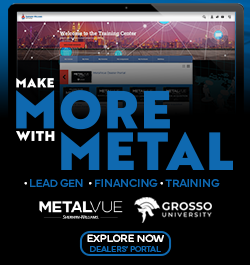
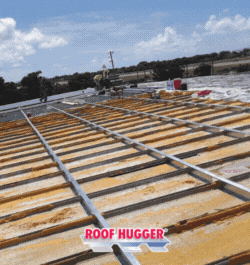

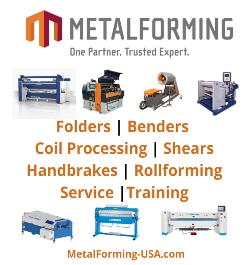
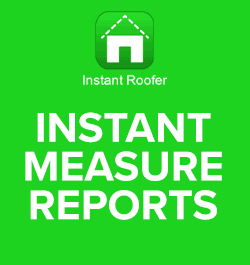



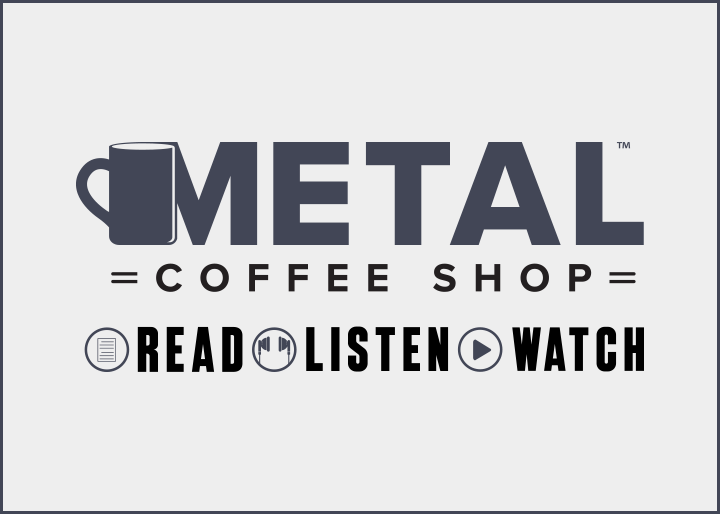

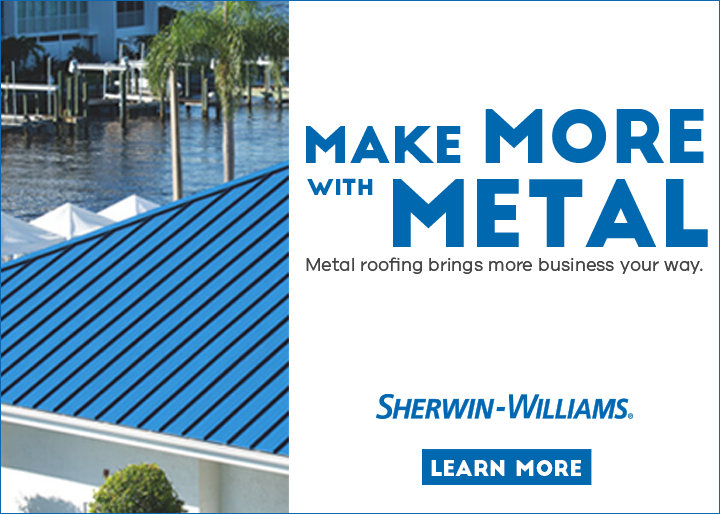
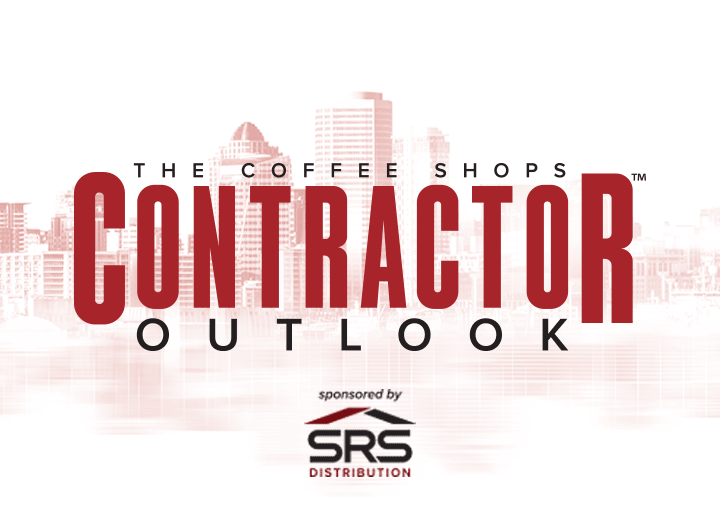
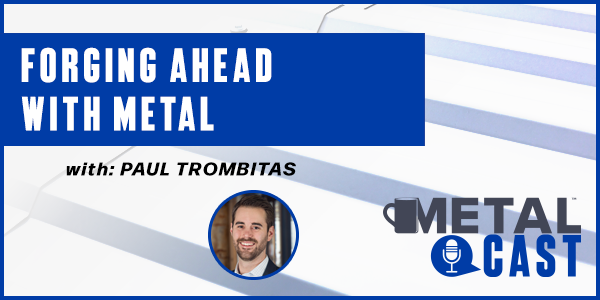
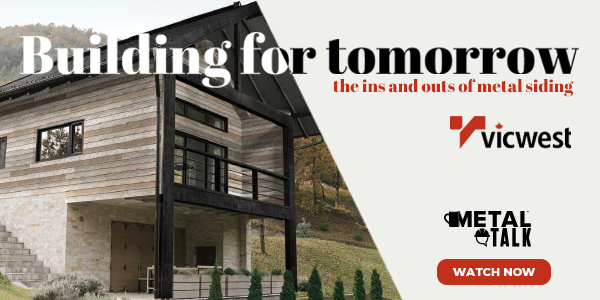
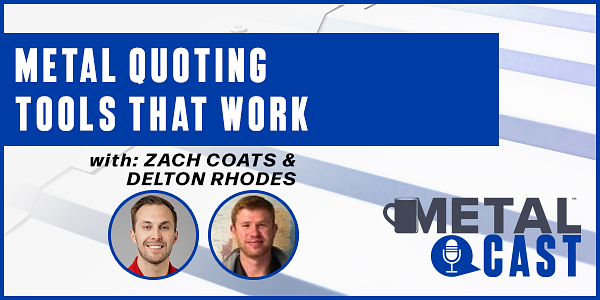
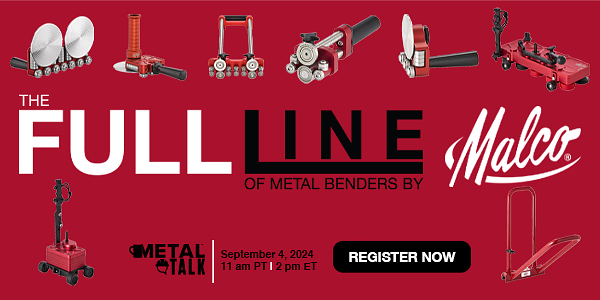


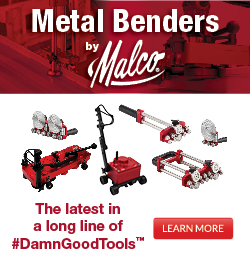


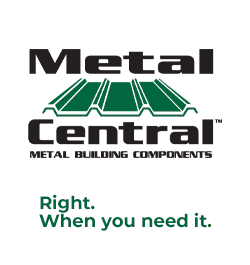

Comments
Leave a Reply
Have an account? Login to leave a comment!
Sign In